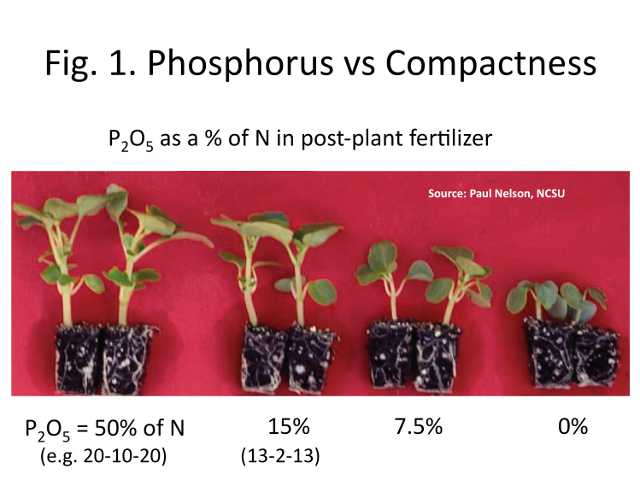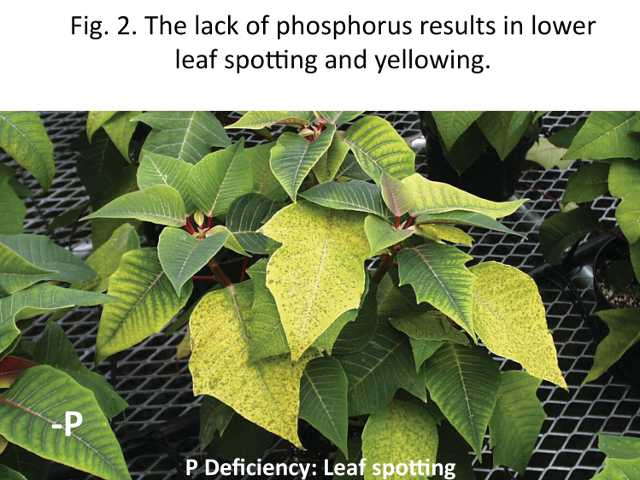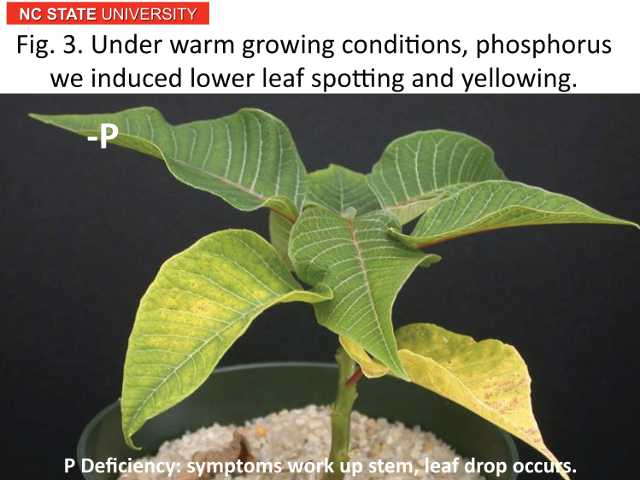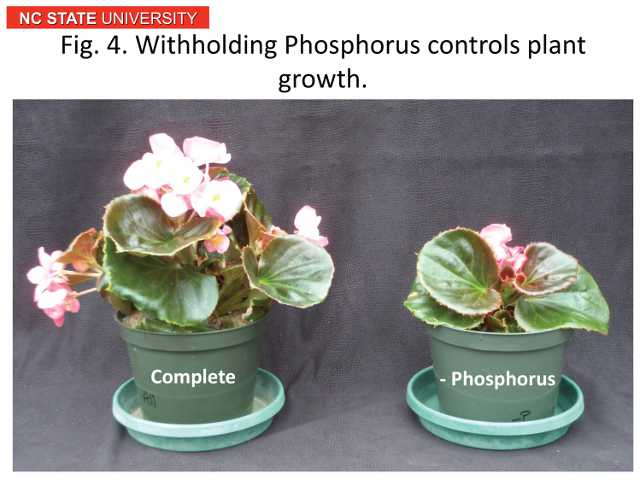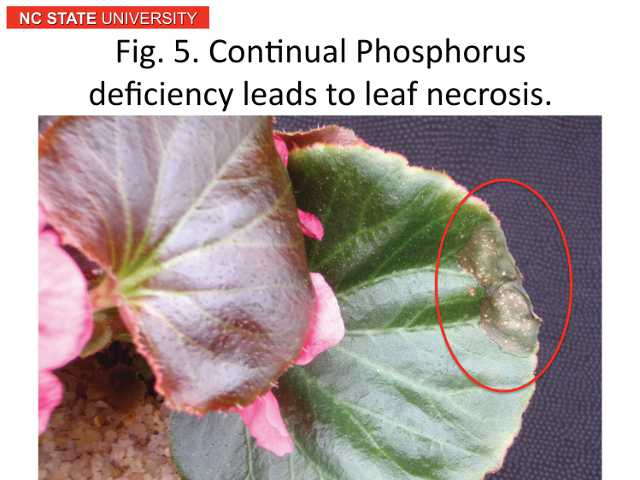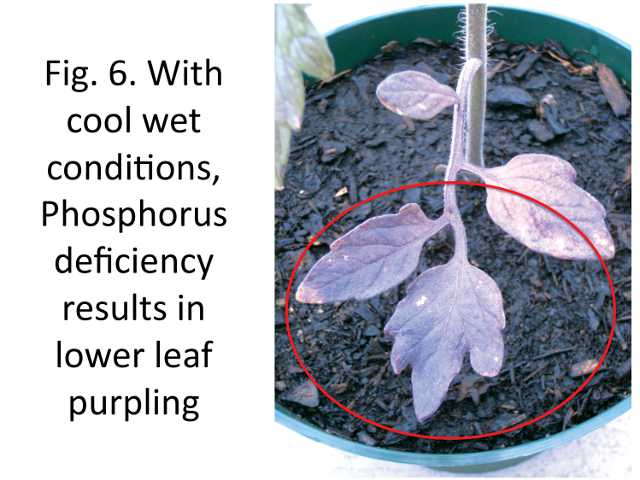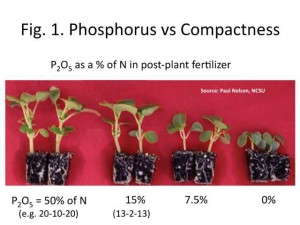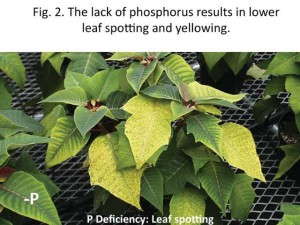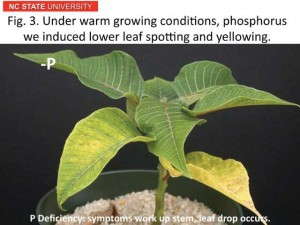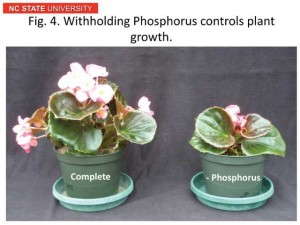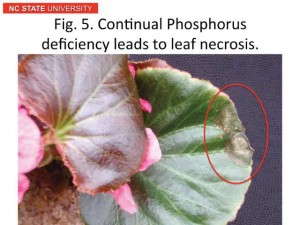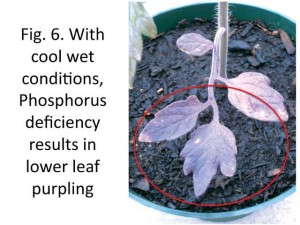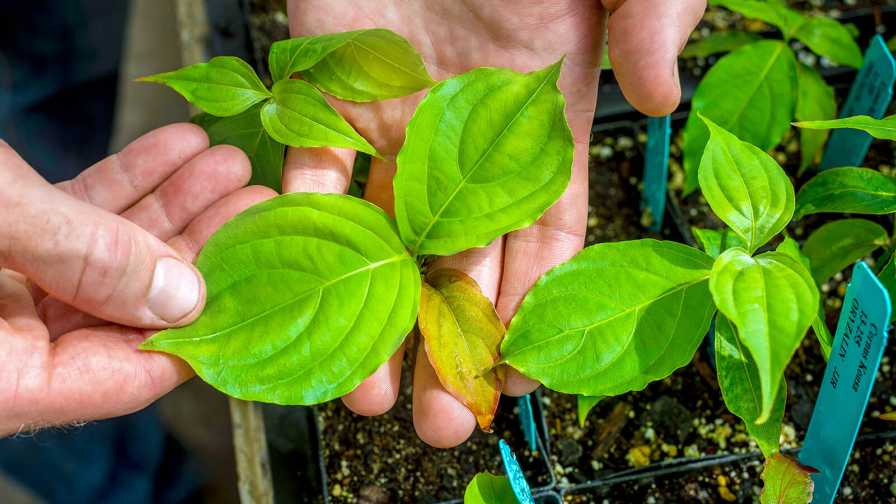Basics & Beyond: Fundamentals Of Phosphorus Nutrition
One of the most significant research projects influencing greenhouse production in the 1990s was Dr. Paul Nelson, Chen-Young Song and Jin-Sheng Huang’s work on the growth control effects of limiting phosphorus (P) to plugs. Up to that point, plant growth and stretch was primarily attributed to only ammoniacal nitrogen.
Their classical research proved that phosphorus was the element that had the greatest impact on stem stretch and ammoniacal nitrogen had a far greater influence on leaf expansion. This can be seen in Figure 1 where withholding phosphorus significantly controlled plug growth. Most fertilizers high in ammoniacal nitrogen are also high in phosphorus, and it took we North Carolina State University (NC State) researchers some work to decouple these two elements.
[blackoutgallery id=”55171″]
Finished Crops Suffered From The No-Phosphorus Principle
Fast forward a few years. That leap in years also resulted in a leap in applying the principle of no phosphorus in finishing crops. This turned out to be disastrous for some growers. In graduate school, the caution of not extending projections beyond the extent of your data was drilled into us. Unfortunately, this concept was forgotten. A concept that worked on a short-term plug crop was applied to the entire growing season.
A few years ago, many poinsettia crops were grown with no added phosphorus. About mid-October, the folly of this recommendation became evident when poinsettia leaves developed lower leaf dark spots along the mid-rib, followed by overall leaf yellowing and finally leaf drop (Figures 2 and 3). The end result was plants with what we called naked knees, which occurred when the bottom half of the leaves abscised. The only option at that point was to purchase taller pot covers.
Reduce, Don’t Restrict, Phosphorus
We forgot that phosphorus is, after all, an essential element. While we can manipulate it by providing only small amounts to control plant growth on short-term plug crops, phosphorus is still needed by the plant. Soilless substrates have very limited holding capacity for phosphorus, so little is held in reserve. With the longer-term crops, they simply ran out of P.
When one considers all the elements that can be modified for controlling plant growth, phosphorus is still one of the best to manipulate. By far, the window between producing smaller plants (Figure 4) and leaf necrosis (Figure 5) and lower leaf purpling (Figure 6) is the widest, so limiting phosphorus is a safe production practice. But there is a point, as we found out with poinsettias, that lower leaf necrosis will occur. We just need to remember that there is a line and to avoid going over it.
- This means periodical applications of phosphorus still must be done. It can be accomplished:
- Utilizing low P fertilizers such as 13-2-13 Cal-Mag (what we primarily use in our research at NC State)
- By adding periodic phosphorous applications (such as potassium phosphate if you mix your own fertilizer) or
- With monthly applications of 20-10-20 (which when applied at 200 ppm N, provides 44 ppm P).
The target amount of phosphorus in Saturated Media Extract (SME) substrate tests is between 5 and 10 ppm. Values above that will only encourage elongated growth.
Everything In Moderation
There is no doubt that limiting the amount of phosphorus applied to a greenhouse crop is a sound production practice and avoids environmental contamination, too. A little goes a long way, but there is also no doubt we must provide a little phosphorus to still obtain high-quality plants.
The original research cited was published in GPN, January 2002.




